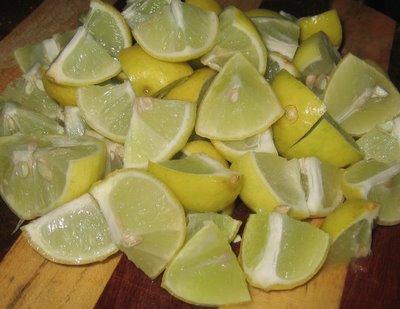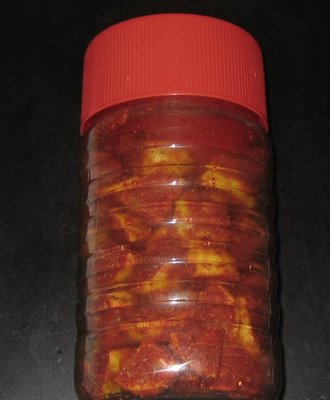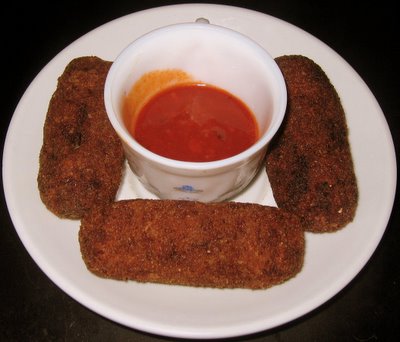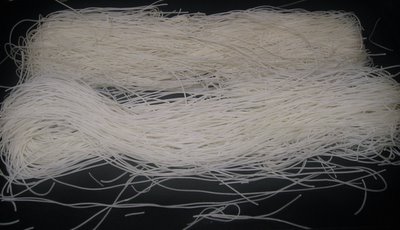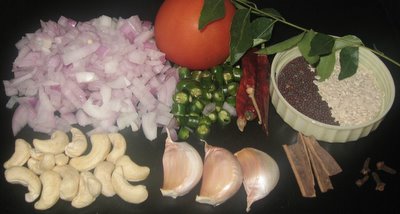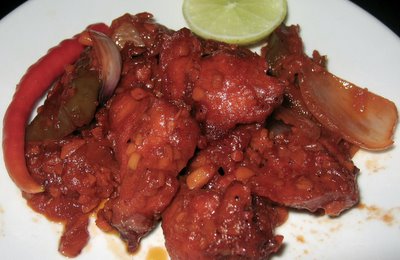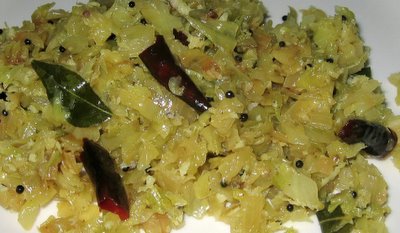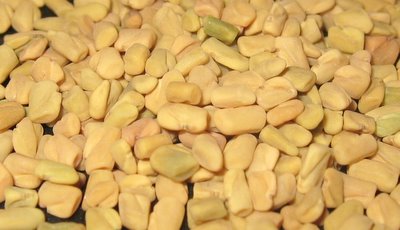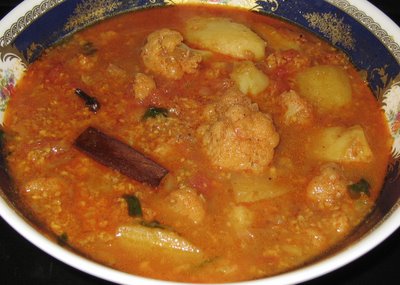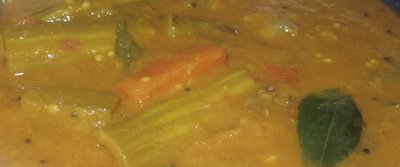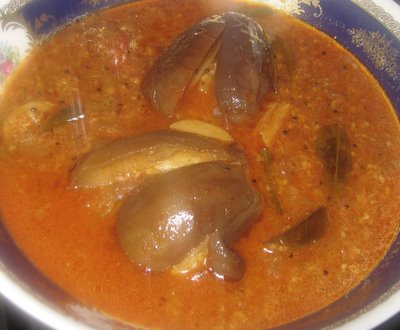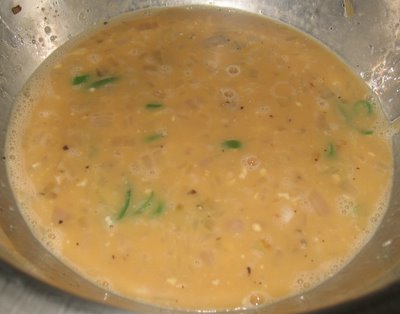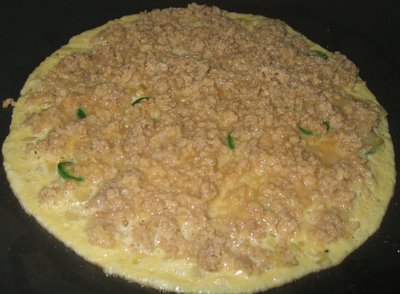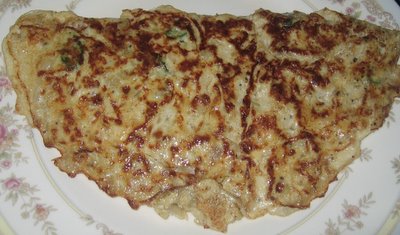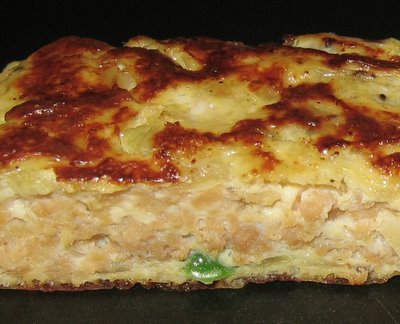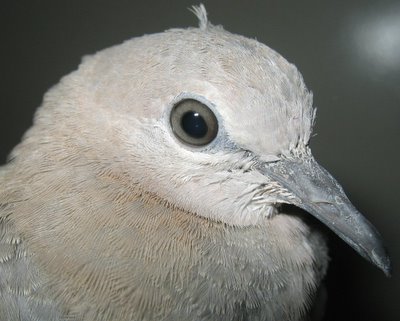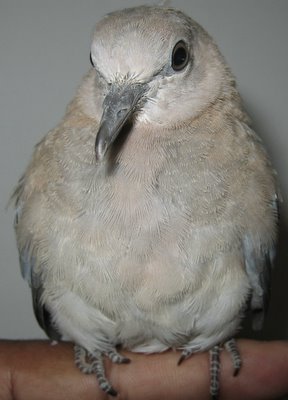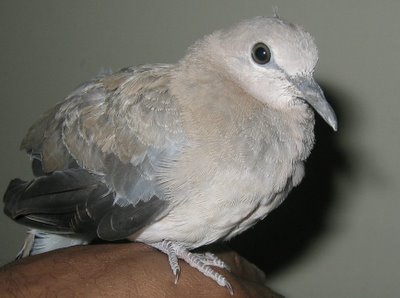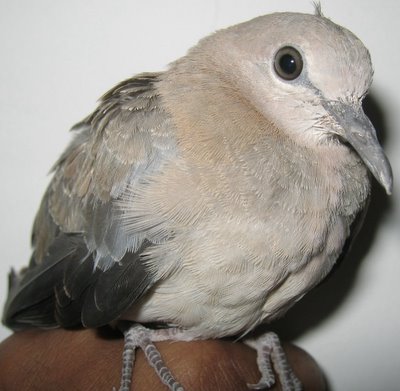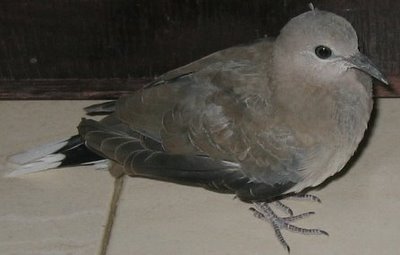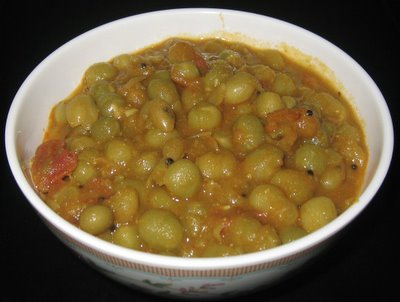Sandesh
Sandesh recipe
Preparation time – 20 minutes
Yield – 12 one-inch square pieces
Ingredients:
Milk – ½ liter
Lime juice – 2 teaspoons
Sugar – 1 cup, powdered and sifted
Cardamoms – 3, finely powdered
Ghee or butter – to smear the 6-inch rimmed plate
Method: Covert the boiling milk to paneer/channa by adding the lime juice. More detailed explanation about homemade paneer aka Indian cheese is given in this page. Mash the channa till it is as smooth as possible. Add the sugar to it. Put this mixture into a shallow vessel stirring constantly over low heat. The mixture will first turn liquidy and then start thickening. When the mixture becomes a creamy thick paste and leaves the sides of the vessel, stir in the cardamom powder and put into the ghee-smeared plate. When cool, cut into pieces. Enjoy sandesh on this auspicious new year 2006.
Bringing the ingredients together...
Marcela has invited us to participate in a virtually fun holiday gathering and has asked us to share our new year eve's dinner recipes and photos. This event is co-hosted by Marcela's wonderful friends, Melissa, Cannella, and Elvira. We are taking our traditional dessert Sandesh to the party. Hope everyone likes this at the party. Cheers!








